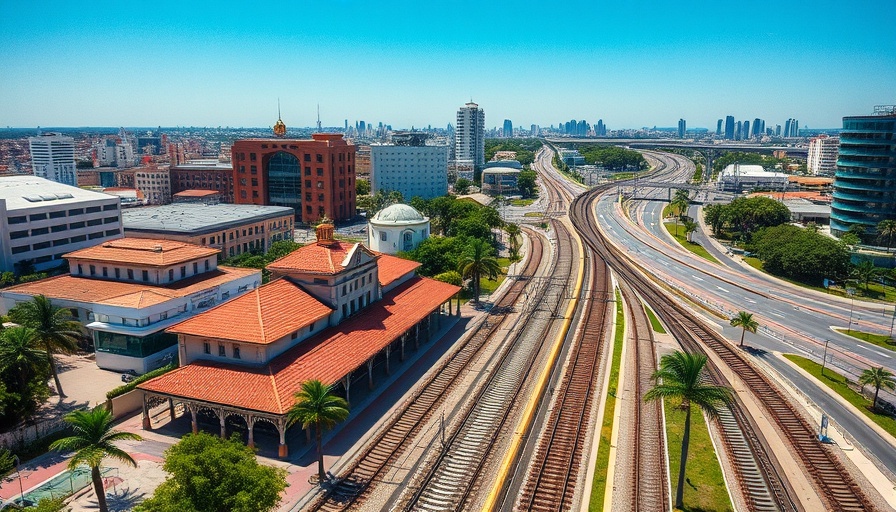
The Future of Coal Power: A Complex Landscape
Recent insights from Wood Mackenzie reflect a nuanced outlook for coal power in the United States and globally, even amidst a growing push for renewable energy. Their report indicates that coal, while currently more expensive than natural gas or renewables in the U.S., may continue to be utilized longer than anticipated due to slowing alternative power generation outputs and rising electricity demand.
The Economic Dynamics of Energy Production
According to Wood Mackenzie, the economic viability of coal-fired plants cannot be overlooked, particularly in Asia where geopolitical concerns intertwine with economic factors. Under a high-demand scenario, coal generation might peak by 2030, which is four years later than previously projected. This shift poses critical implications for construction managers and business leaders, as energy costs will remain a pivotal factor in project planning and cost management.
Supply Chain and Infrastructure Challenges
The delay in the buildout of renewable technologies is a significant factor. The cost of new gas power plants has surged, nearly doubling, while long-duration energy storage technology required for solar and wind resources still lacks maturity as a reliable baseload power source. For construction executives, this means that investments in renewable infrastructure will require re-evaluation, considering the immediate economic landscape surrounding older coal technologies.
Implications for Commercial Development
As a strategic or property developer, understanding these energy dynamics is essential. The rising costs associated with alternative energy sources will prompt businesses to reassess their energy strategies, potentially opting for traditional energy sources until new technologies prove to be more economically viable. This presents an opportunity for innovative developers to incorporate hybrid models that utilize both renewable and traditional energy sources.
Renewable Commitments vs. Reality
Anthony Knutson, global head of thermal coal markets at Wood Mackenzie, emphasizes that while the long-term transition towards cleaner energy remains vital, the journey is much more complex than expected. For socially conscious developers aiming for sustainability certifications, the stakeholders' focus on energy security and affordability complicates narratives around green construction efforts.
For C-suite executives and decision-makers in commercial construction, it’s vital to continuously monitor these shifts in the energy landscape. The ongoing reliance on coal may seem counterintuitive to sustainability efforts but understanding these transitions is crucial for strategic investment planning.
Actionable Insights for Business Leaders
Developers should consider innovative energy solutions and hedge their investments against energy volatility. Identifying partnerships with technology firms focused on energy storage and developing sustainable business models that bridge the gap from coal to renewable energy will be essential. Evaluating potential risks associated with energy sourcing can inform better decision-making and positioning in a transforming market.
In conclusion, the energy landscape as characterized by Wood Mackenzie offers essential insights for decision-makers within the construction and development sectors. As we navigate the present complexities, adapting to these energy dynamics will define the future of commercial projects.
 Add Row
Add Row  Add
Add 




Write A Comment